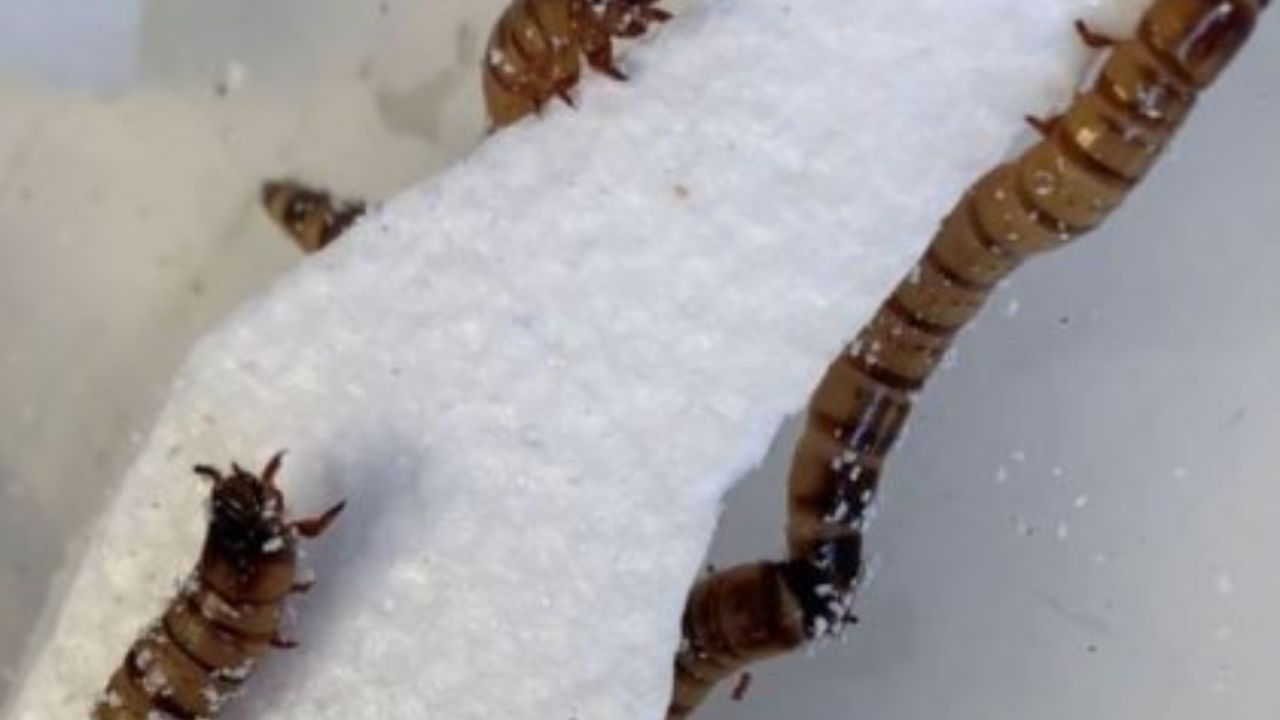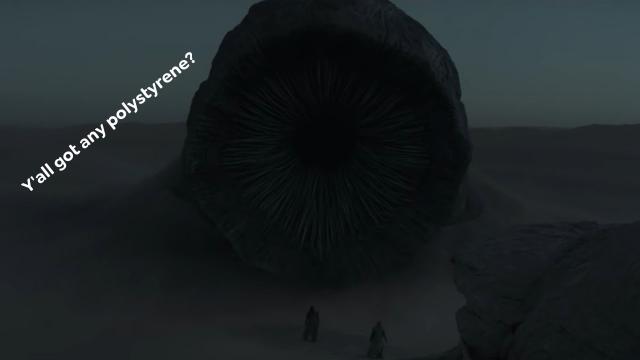They’re doing the worm.
Scientists have discovered that a common “superworm” can eat through and break down polystyrene, a common type of plastic.
You probably know of polystyrene as one of the most common types of packing materials. It’s bulky, typically white and is easily broken into small pieces.
That’s where the superworm comes in. “Zophobas morio” is their name and microplastics are their game. Thanks to a bacterial enzyme in the gut of the superworm, polystyrene is easily broken down.

During testing at the University of Queensland, scientists fed control groups of the superworm different diets: some were given bran, some put on a fasting diet and some given yummy delicious polystyrene.
“We found the superworms fed a diet of just polystyrene not only survived, but even had marginal weight gains,” said Doctor Chris Rinke, from the School of Chemistry and Molecular Biosciences at the University of Queensland.
“This suggests the worms can derive energy from the polystyrene, most likely with the help of their gut microbes.”
So, if the superworm can actually consume energy from the polystyrene, like we consume energy from food, we could hypothetically create an environmentally friendly way of ridding the world of polystyrene. As it’s a non-recyclable plastic in Australia, polystyrene typically goes into landfill, but with some of these lil’ chompers around, perhaps we can stop burying it under mountains of rubbish.
“Superworms are like mini recycling plants, shredding the polystyrene with their mouths and then feeding it to the bacteria in their gut,” added Rinke.
“The breakdown products from this reaction can then be used by other microbes to create high-value compounds such as bioplastics.”
The next step of the study is to investigate the gut bacteria in a lab and see if it can assist in breaking down plastics on a large scale.
If it could be implemented at the size of a recycling plant then we could have an eco-friendly solution for plastic disposal.
You can read about this study in Microbial Genomics.
